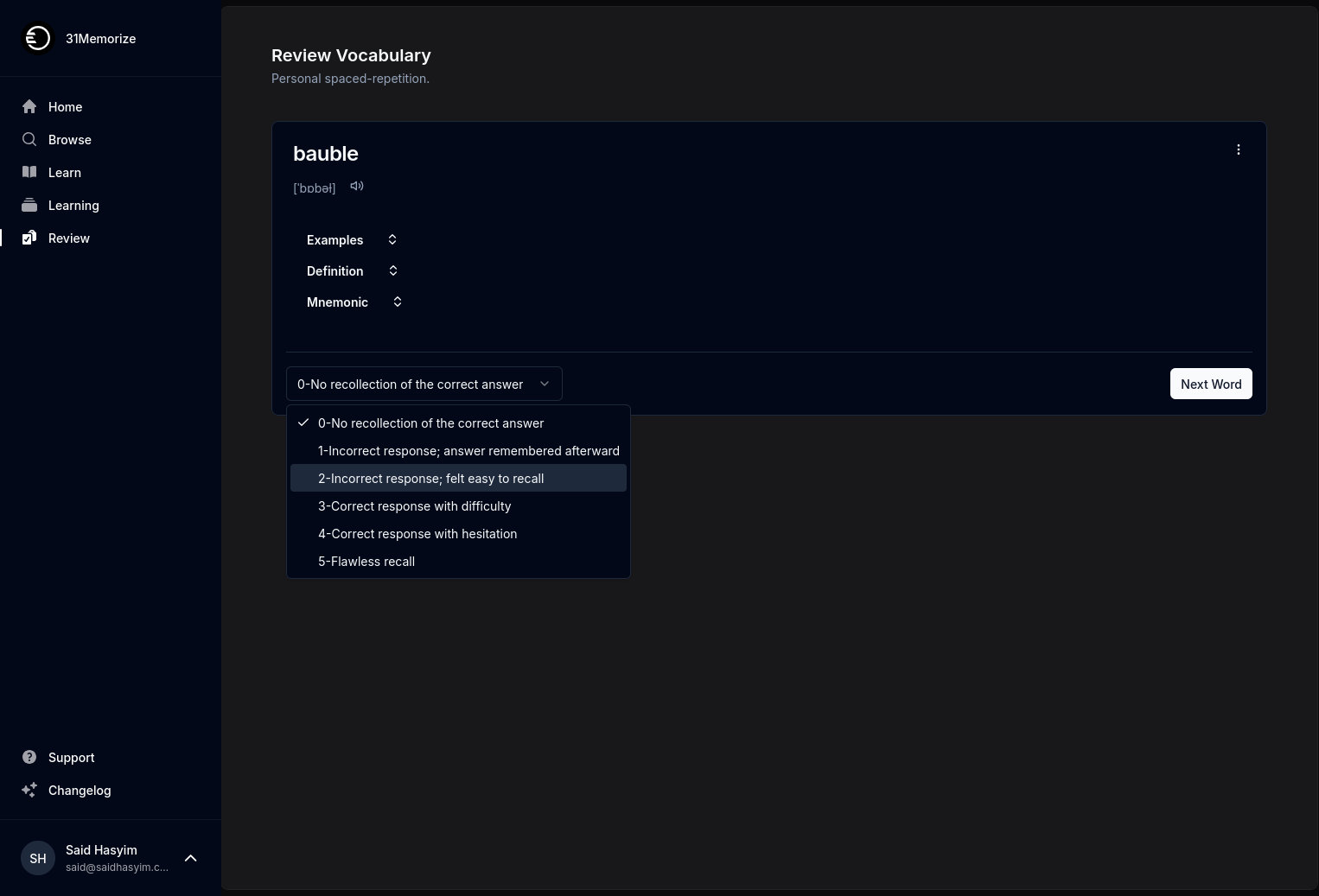Navigating Your Book’s Journey through Ratings
When it comes to publishing, readers increasingly rely on ratings to guide their choices. Whether you are a seasoned author, an emerging voice, or even a curious reader, understanding the significance of ratings in the literary landscape is essential. This post aims to explore the journey of your book through the world of ratings, from its inception to the eventual feedback it receives.
The Importance of Ratings
Ratings can be thought of as a fingerprint of a book’s reception among its audience. They capture the subjective experiences of readers and provide a quantitative measure that potential readers can analyze. But why are ratings so critical?
Reader Trust: The prevalence of online options can overwhelm readers when choosing their next read. High ratings from credible sources can help establish trust and inspire confidence in a book’s quality.
Visibility and Discovery: Many platforms prioritize books with higher ratings, allowing these works to climb in visibility. This means your book can reach a wider audience if it garners favorable ratings.
Constructive Feedback: Ratings often come with reviews, providing invaluable feedback to authors. This can guide future writing projects and improve craft over time.
Community Engagement: Discussions around ratings create a community of readers and writers. The exchange of thoughts and ideas fosters a deeper connection and promotes literary engagement.
Getting Started: Setting Up for Success
Before your book even hits the shelves, consider how to shape its rating journey. Here are a few strategies for your book's early stages:
1. Understand Your Audience
Who are you writing for? Knowing your target audience can help you tailor your book’s content, style, and marketing efforts, ensuring that your readers find, appreciate, and rate your book. Conduct research, explore reader forums, and engage with potential readers to gauge their preferences.
2. Write a Quality Book
This may seem obvious, but delivering a well-crafted manuscript should always be your primary goal. Attention to detail in storytelling, character development, pacing, and grammar will help ensure that readers genuinely engage with your narrative.
3. Prepare Your Author Platform
Before you launch your book, create an online presence through blogs, social media, and a website. Building a community of followers can help generate initial interest and ultimately supportive ratings when your book releases.
Launch Day: Strategies for Encouragement
Your book’s launch day is crucial; it sets the tone for its rating journey. Consider these strategies to maximize its impact:
1. Leverage Advanced Reader Copies (ARCs)
Sending out ARCs to early readers, bloggers, and reviewers can generate buzz before your official release. Encourage them to leave honest ratings and reviews soon after the book is released, which can help it gain traction in the early days.
2. Engage Your Community
Whether it’s hosting a virtual launch party, book readings, or Q&A sessions, active engagement can stimulate excitement. This connection with potential readers may encourage them to read and, ultimately, rate your book.
3. Use Social Proof
Share early positive reviews and ratings. Whether through social media or your website, leveraging praise can influence others to dive into your story. However, maintain transparency and ensure that you are not pushing biased or false ratings.
Riding the Wave: After the Launch
Once your book is out in the wild, maintaining momentum is vital for its rating journey:
1. Continue Building Relationships
Maintain communication with your readers through newsletters, social media interactions, or reader events. Constructing loyal fans who appreciate your work and share it with others can positively impact future ratings.
2. Respond and Adapt
Take the time to read through reviews and ratings. Responses may vary from praise to constructive criticism. Engage politely with readers who leave reviews—thank them for their feedback, acknowledge their concerns, and use feedback to evaluate areas to improve in your writing journey.
3. Encourage Honest Reviews
It’s essential to cultivate sincere and diverse feedback rather than merely seeking positive ratings. Ask readers to share their thoughts—both good and bad—through your preferred channels. This approach will lead to a more balanced perspective, which can be beneficial for future readers.
The Lifelong Journey
Your book's journey through ratings does not end after launch. Consider these lasting strategies:
1. Keep Writing
The more books you write, the more opportunities your work has to receive ratings. Each book builds your reputation and contributes to your identity as an author.
2. Monitor Trends
Keeping an eye on how your books are rated can reveal insights into changing reader preferences. Understanding these shifts can guide future projects and marketing efforts.
3. Learn and Adapt
Not every book will be a bestseller, nor will every rating be stellar. The key to growth lies in learning from every experience. Use ratings as a lens to adapt your writing, engage with your audience more deeply, and explore new genres or themes.
Conclusion
Navigating your book's journey through ratings can feel daunting, but by adhering to best practices and maintaining a community-centric approach, you can significantly enhance your chances for success. Remember, every rating is an opportunity for growth, connection, and discovery. So, embrace the journey, encourage honest feedback, and continually explore the paths of storytelling with openness and enthusiasm. Your next great literary adventure may just be a rating away!
